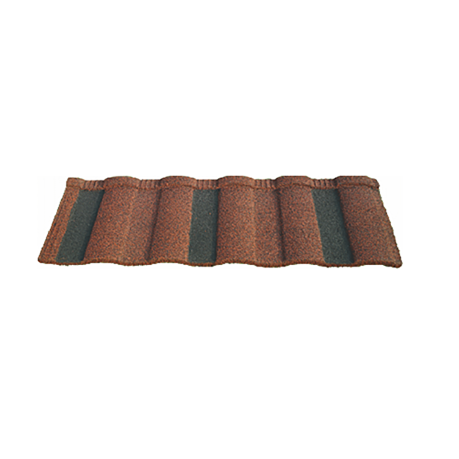
Aug . 31, 2024 10:59 Back to list
asphalt shingle granule loss
Understanding Asphalt Shingle Granule Loss
Asphalt shingles are one of the most popular roofing materials used in residential construction due to their affordability, ease of installation, and variety of colors and styles. However, a significant concern for homeowners and contractors alike is granule loss, an issue that can compromise the integrity and lifespan of roofs. This article explores the causes, effects, and prevention of asphalt shingle granule loss.
Granules on asphalt shingles serve crucial functions. Primarily, they provide UV protection, shielding the underlying asphalt from the sun's harsh rays, which can cause degradation over time. They also enhance the aesthetics of the roof and contribute to the shingle's fire resistance. However, factors such as weather conditions, roof age, and installation quality can lead to granule loss.
One of the most common reasons for granule loss is severe weather. Heavy rain, wind, and hail can dislodge granules, revealing the exposed asphalt beneath. Furthermore, prolonged exposure to high temperatures can cause the adhesive that binds the granules to deteriorate, which further accelerates their dislodgement. As asphalt shingles age, they become more susceptible to such damage, making regular inspections and maintenance crucial for ensuring their longevity.
asphalt shingle granule loss

Another significant factor in granule loss is improper installation. If shingles are not adequately secured or if the wrong type of shingles is used for specific roof pitches, this can lead to premature wear. Quality control during manufacturing also plays a vital role; shingles produced with subpar materials may exhibit weaker adhesion, resulting in increased granule loss over time.
The effects of granule loss are not merely cosmetic. As granules are lost, the exposed asphalt can become brittle, leading to cracks, leaks, and further damage to the roofing system. This degradation can jeopardize the entire roof's performance, leading to costly repairs or even premature replacement. Additionally, the increased exposure to UV rays can contribute to the overall deterioration of roof materials, reducing energy efficiency and increasing heating and cooling costs.
To prevent granule loss, homeowners should conduct regular inspections, especially following severe weather events. Addressing minor issues promptly, such as resealing or replacing damaged shingles, can help mitigate further losses. Moreover, working with reputable roofing contractors who use high-quality materials and adhere to best installation practices is essential for ensuring the durability of asphalt shingles.
In conclusion, understanding asphalt shingle granule loss is crucial for homeowners seeking to maintain their roofs' integrity. With proper maintenance and timely interventions, the lifespan of asphalt shingles can be significantly extended, providing homeowners with peace of mind and protecting their investments.
-
Durable Shingle Granules for Premium Roofs
NewsJul.31,2025
-
Stone Coated Metal Roof Tile-Roman Tile for Durable Roofing Solutions
NewsJul.30,2025
-
Stone Coated Metal Roof Tile-Wood Grain Tile for Durable Roofing
NewsJul.30,2025
-
Stone Coated Metal Roof Tile-Nosen Tile: Durable, Stylish Roofing Solution
NewsJul.29,2025
-
Premium Moonlight White HIREFLE Granules for High-Quality Surfaces
NewsJul.29,2025
-
Stone Coated Metal Roof Tile-Grouper Tile | Durable & Stylish Roofing
NewsJul.29,2025







